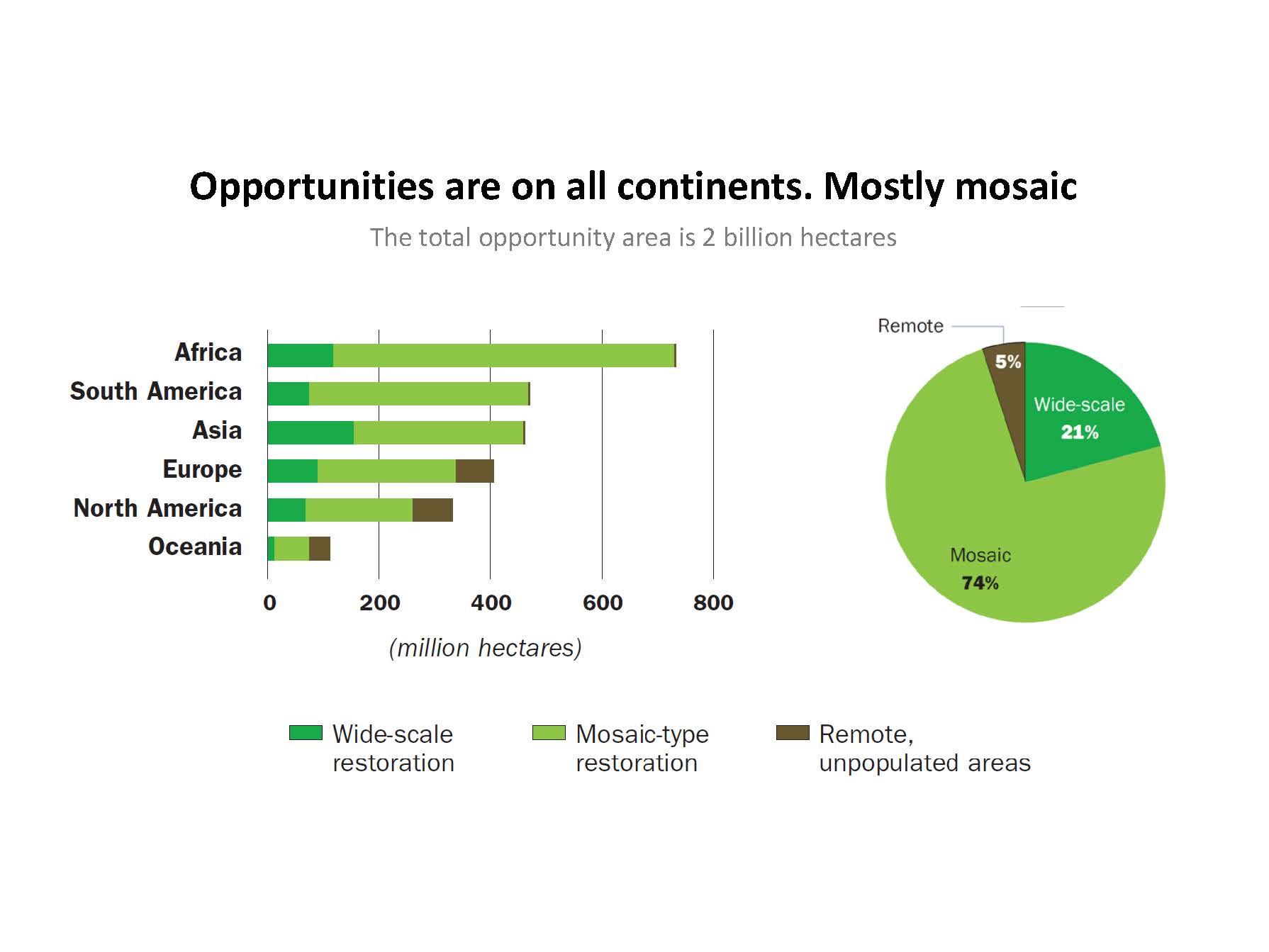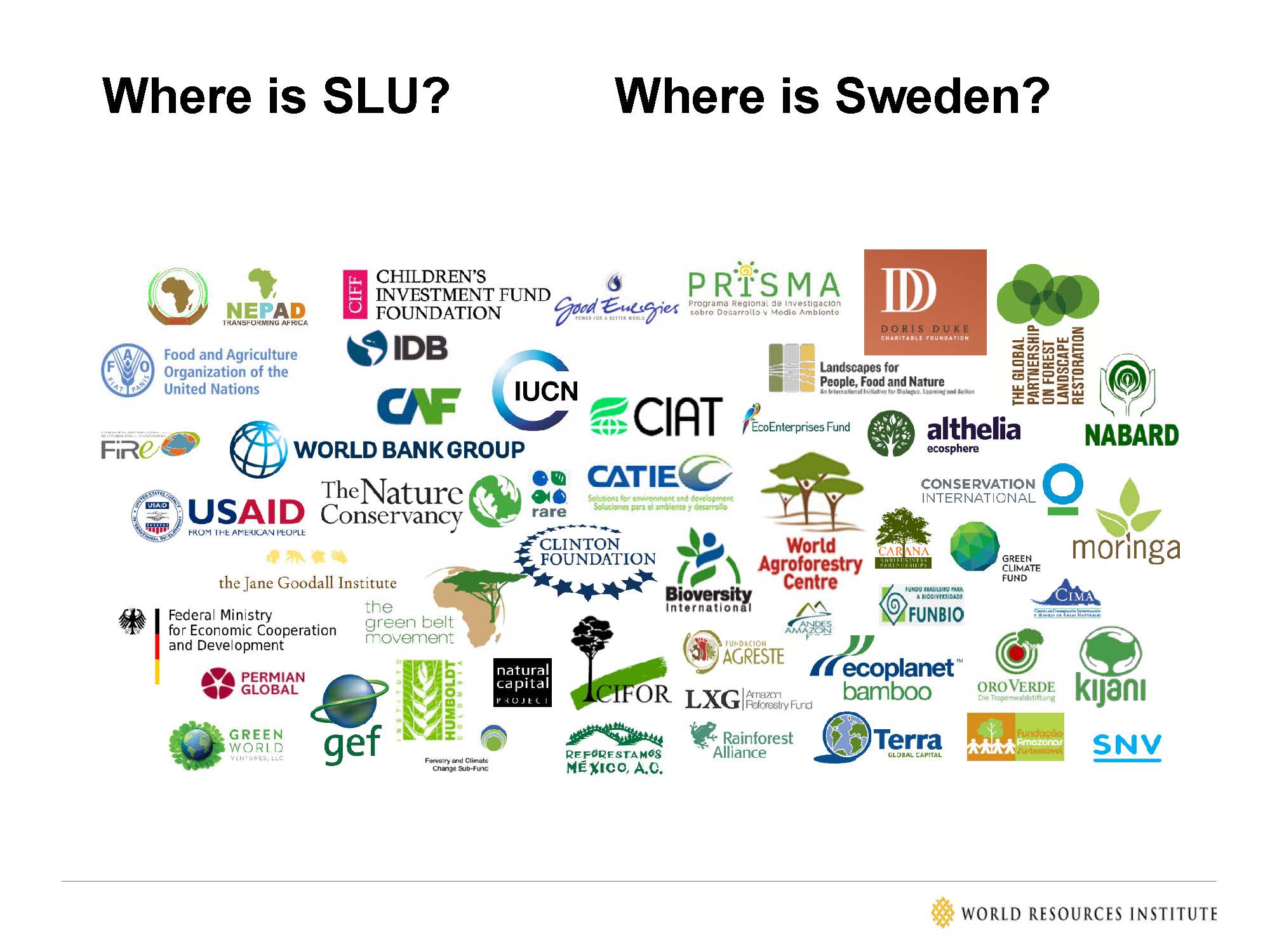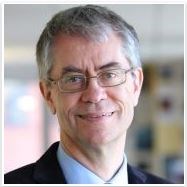The SLU Global theme on 'Restoration of degraded rural landscapes' invited Dr. Lars Laestadius, an alumnus to SLU, to give seminars on landscape restoration on a global scale at SLU in Umeå and in Uppsala on 27/9 and 2/10.
Background
Lars lead the World Resources Institute's (WRI) work with mapping restoration needs globally, and their mapping identified some 2 billion hectares. Areas in need of restoration are in all continents, with dominance in Africa. However, not all land could or should be restored back to some previous/pristine forested state. In most of the areas people are living and need to support their livelihoods. Hence, the largest areas identified are for “mosaic restoration” meaning that the landscapes have to provide a multitude of functions (c.f. multifunctional landscapes in the terminology of some CGIAR organisations), e.g. food and fiber production for people to earn their living. Wide scale restoration, i.e. forestation to restore nature/ecological values or production forests, would be for areas with only sparse population.
Seminar
During the seminar Lars emphasized the perspective to view/address restoration needs. Instead of viewing it as an obstacle or problem, it can be viewed as opportunities to improve land use and increase value production (food and fiber) and to increase ecological services in landscapes. Read more on landscape restoration here. Slide 1 (Lars Laestadius)
Slide 1 (Lars Laestadius)
WRI, International Union for Conservation of Nature and Natural Resources (IUCN) and others also brought the restoration issues to an international policy and political arena, where the e.g. the Bonn Challenge has targeted 150 million hectares to be restored globally to 2020 and the New York Declaration on Forests (UNDP) 350 million hectares to 2030.
These ambitious targets by high level international organisations and leaders have led to commitments by countries to restore 156 million hectares, largely by countries in the south, which has attracted almost 2 billion US$ in private funding. The high ambitions and commitments by countries and political leaders does not mean that all this land is now under restoration, but it shows that it is now on the political agenda in many countries and once the political commitments has been done they are hard to back down on. On the contrary one could expect that it will seep down in the governmental organisations in respective countries and create pressure on local leaders to actually implement.
Lars ended with a slide showing organisations engaged in restoration globally, and the question: where is SLU?
 Slide 2 (Lars Laestadius)
Slide 2 (Lars Laestadius)
In connection to Lars presentation Ewa Wredle and Gert Nyberg presented the SLU Global theme on Restoration of degraded rural landscapes. They invited SLU researchers to engage in international restoration research and in the them; an invitation that is hereby repeated. Please contact Ewa.Wredle@slu.se and/or Gert.Nyberg@slu.se

 Slide 1 (Lars Laestadius)
Slide 1 (Lars Laestadius) Slide 2 (Lars Laestadius)
Slide 2 (Lars Laestadius)